Rare Rides: Aston Martin's Incredibly Rare 2017 Lagonda Taraf

Sometimes, motorcars of high specification end up off-limits to some markets due to issues relatively outside the manufacturer’s control: funding, distribution, or perhaps regulation. Aston Marton took a different approach with the Lagonda Taraf, and intentionally limited their super sedan to just one market.
Maybe that was for the best.
The Lagonda name conjures up images of one very specific sedan, but that wasn’t always the case. Lagonda was founded in England in 1906 by an American named Wilbur Gunn, who’d decided he didn’t want to be an opera singer any longer. Gunn drew the Lagonda name from the Shawnee settlement which eventually became the location of his hometown — Springfield, Ohio.
Between 1906 and 1940, Lagonda built expensive cars at their singular factory. The company fell on hard times and was sold to a new investor in 1935, but continued to slowly produce new cars in between wars. No cars were built between 1940 and 1948, and the company changed hands again in 1947. Aston Martin took over, and immediately folded Lagonda in as a subsidiary.
After building less than 800 cars between 1948 and 1958, the company went dormant. Aston Martin brought it back in 1961, with a limited run of 55 Rapide sedans. Another dormant period was followed by a revival, this time of the Aston Martin Lagonda everyone remembers. It’s the one designed in the Seventies with a ruler, and then filled with incredibly complex and reliable flammable electrics. Rare Rides covered that relatively common sedan in past. The last rectangular sedan was produced in 1989.
For Lagonda’s 100th birthday in 2009, Aston Martin proclaimed there’d be a new Lagonda, as its parent sought to branch out to the luxury sedan market space. Six years later, production began. The new Taraf did not wear the Aston Martin badge at all, as its official manufacturer was Lagonda. The name, Taraf, was selected to appeal to the car’s target market in the Middle East. Meaning “ultimate luxury” in Arabic, the Taraf would be sold only to the super rich in the region.
Power was supplied by a German-built and Ford-assembled 6-liter V12 borrowed from the Vanquish, which generated 533 horsepower and a hefty 465 lb-ft of torque. An eight-speed automatic routed power only to the rear wheels. The considerable 212-inch length of the Taraf rode on the same platform as Aston Martin’s DB9 and Rapide. Zero to 60 arrived in 4.4 seconds, and the Taraf traveled on to a top speed of 195.
The interior received most of its materials and switches from existing Aston Martin cars, and could be perceived as a bit dated these three years later. The few select buyers could choose from various leather and wood interior accouterments. Production lasted from 2015 to 2016, with just 120 examples made. The asking price for each one was $1,000,000. Then Lagonda went dormant once more.
Todays Taraf is surprisingly located in California, where its importation was likely under the Show or Display regulation for limited-production vehicles. With 293 miles on the clock and a sweet Garmin navigation system in the dash, the asking price is on request.
[Images: seller]

Interested in lots of cars and their various historical contexts. Started writing articles for TTAC in late 2016, when my first posts were QOTDs. From there I started a few new series like Rare Rides, Buy/Drive/Burn, Abandoned History, and most recently Rare Rides Icons. Operating from a home base in Cincinnati, Ohio, a relative auto journalist dead zone. Many of my articles are prompted by something I'll see on social media that sparks my interest and causes me to research. Finding articles and information from the early days of the internet and beyond that covers the little details lost to time: trim packages, color and wheel choices, interior fabrics. Beyond those, I'm fascinated by automotive industry experiments, both failures and successes. Lately I've taken an interest in AI, and generating "what if" type images for car models long dead. Reincarnating a modern Toyota Paseo, Lincoln Mark IX, or Isuzu Trooper through a text prompt is fun. Fun to post them on Twitter too, and watch people overreact. To that end, the social media I use most is Twitter, @CoreyLewis86. I also contribute pieces for Forbes Wheels and Forbes Home.
More by Corey Lewis
Latest Car Reviews
Read moreLatest Product Reviews
Read moreRecent Comments
- ToolGuy I watched the video. Not sure those are real people.
- ToolGuy "This car does mean a lot to me, so I care more about it going to a good home than I do about the final sale price."• This is exactly what my new vehicle dealership says.
- Redapple2 4 Keys to a Safe, Modern, Prosperous Society1 Cheap Energy2 Meritocracy. The best person gets the job. Regardless.3 Free Speech. Fair and strong press.4 Law and Order. Do a crime. Get punished.One large group is damaging the above 4. The other party holds them as key. You are Iran or Zimbabwe without them.
- Alan Where's Earnest? TX? NM? AR? Must be a new Tesla plant the Earnest plant.
- Alan Change will occur and a sloppy transition to a more environmentally friendly society will occur. There will be plenty of screaming and kicking in the process.I don't know why certain individuals keep on touting that what is put forward will occur. It's all talk and BS, but the transition will occur eventually.This conversation is no different to union demands, does the union always get what they want, or a portion of their demands? Green ideas will be put forward to discuss and debate and an outcome will be had.Hydrogen is the only logical form of renewable energy to power transport in the future. Why? Like oil the materials to manufacture batteries is limited.



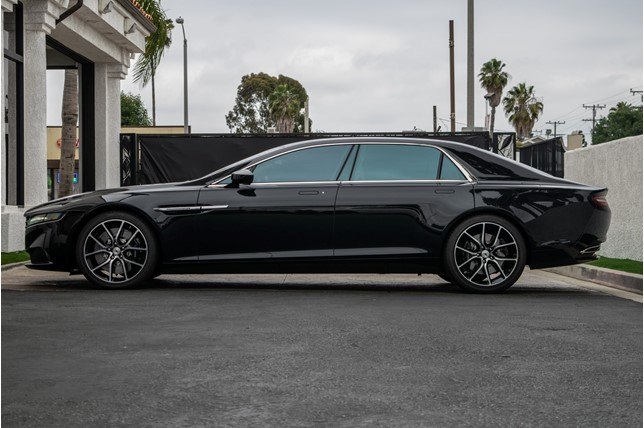




















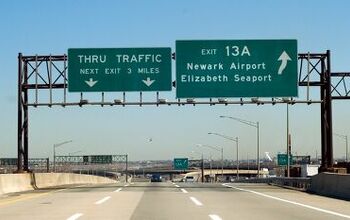
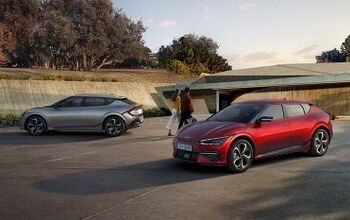
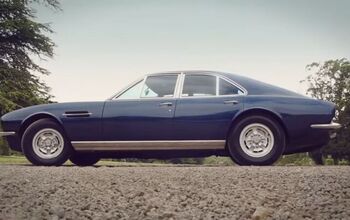
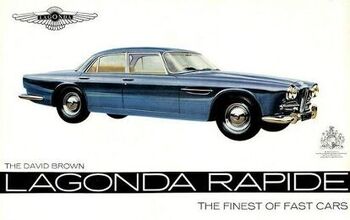
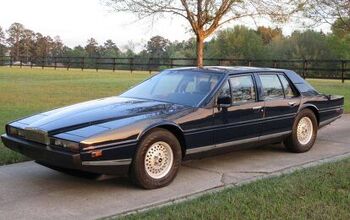



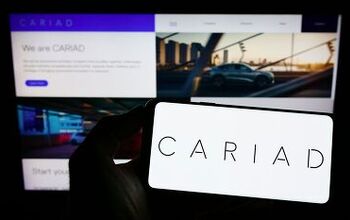
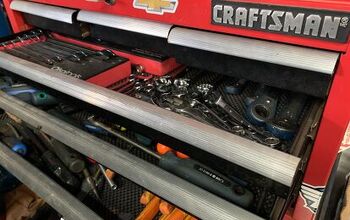
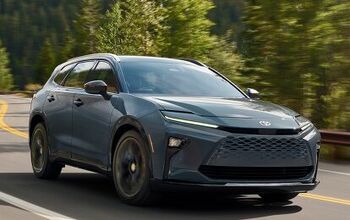
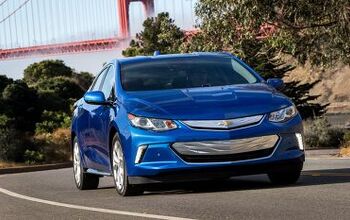
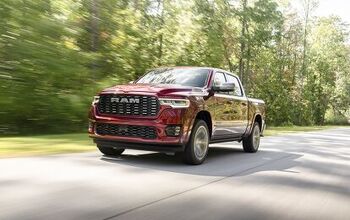
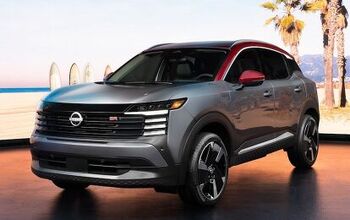

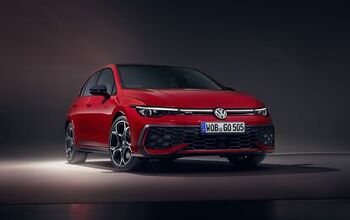
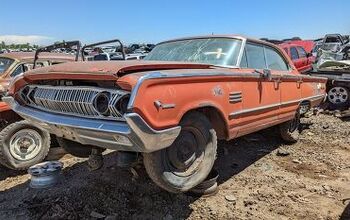
Comments
Join the conversation
Beautiful car, but that GPS is a fail.
That was nice of AM to put a Genesis G90 concept car into limited production :p